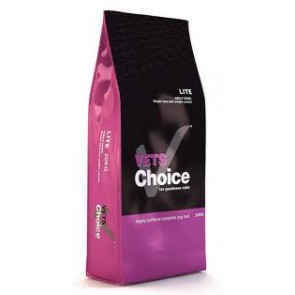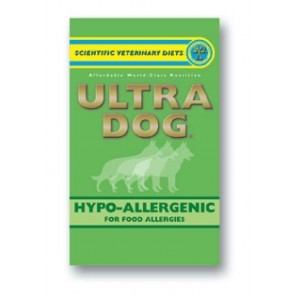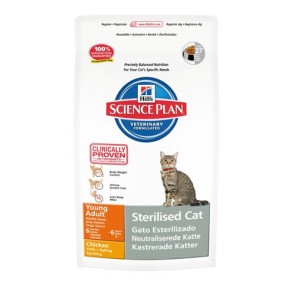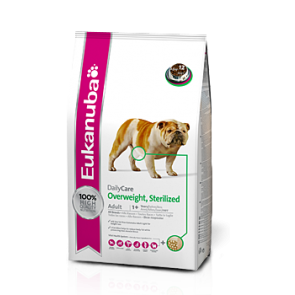Tails
Making pet parenting easy
Signs You Should Change Your Pet's Food
This entry was posted on 2014-02-27.
Essential Signs it is time to change Pet Food
(as given by PetMD)
Although many pet owners believe it is best to keep their pets food the same for their entire lives, this is not true as pets (and humans alike) go through various stages in their life which influence their dietary requirements and eating habits. These are signs you should look at look at changing your pets food or diet.
Other than the obvious changes in terms of age (puppy-adult-senior), there are other kinds of influences on your pets eating habits which you may easily be able to see in visual representations in your pet.
1) Lifeless, Dull Coat:
Keeping your pet’s skin and coat in good shape can be a tough task but feeding your pet a food that keeps their diet rich in essential fatty acids can solve all your problems. Many pets have Omega-3 and Omega-6 deficiencies which they do not recognise. So, if your pet’s coat is looking a little lacklustre, try changing their food to include higher levels of fatty acids. Another cause of a need for more Omega fatty acids may be due to chronic disease i.e. cancer or FIV/FIP, so if your pets coat is suddenly and for no other logical reason dulling, then perhaps you should make sure all is okay health wise before just changing their diet.
2) Sluggishness and Weakness:
Pets, like people, can be worn out by stressful, busy periods be it due to illness, surgery, moving or the like. Foods rich in antioxidants can assist in boosting the immune system and aid recovery so your pet can be back in action as soon as possible. If however your pet is suddenly acting out of sorts for no apparent reason (like those mentioned above) it is wise to take them to the vet to get checked out as this may be a sign of illness that needs treating.
3) Aging:
Although it can be breed and size specific, most pets are deemed middle aged somewhere between the ages of 5 and 7 years old. As pets age their dietary requirements shift to cater for changes such as changes in their activity levels, their capability to absorb nutrients and other factors. Older pets are recommended to eat pet foods lower in calories but higher in fiber to assist with digestive issues whilst ensuring they do not gain too much weight due to a diet too high in calories whilst their activity levels are often on the decrease. Pet food for “senior” citizens generally includes other relevant dietary supports such as joint support supplements, extra fatty acids and the like so it is important to shift your pet’s food at the appropriate time to ensure they live the longest and healthiest life possible.
4) Overweight Pets:
Due to the smallish size of your average pet, it is understandable that pets pick up weight relatively easily. An overweight pet is one prone to more chronic issues such as diabetes and related side effects, such as cataracts. The best thing you could do for your pet is ensure it stays a healthy size and is active to make your and your pet’s lives easier by ensuring they have the least possible health issues going forward. To do this, change your pets food to one lower in fat and calories to help it lose that extra weight, or at the very least ensure it does not pick up any more.
5) Gastro-Intestinal Troubles
Be it excessive flatulence, runny tummy’s or infrequent passing, gastro-intestinal issues are no fun for your pet or for you as the owner. Oftentimes these issues can be sorted by a simple change in pet food as again, like humans, not all pets agree with all pet foods. A pet food based in wheat gluten may be the wrong choice for your pet as may be a pet food based in rice gluten, so knowing the difference and identifying what works best for your pet is important. If your pet appears to be having these issues, a simple solution would be trying pet food for pet’s with sensitive stomachs until you have a chance to chat to your vet or pet food provider for more information on your options.
6) Non-stop Scratching:
Pet allergies are common and your pet’s food may be one of the causes. Exposing your pet to more allergens than really necessary in allergy-prone pets is unnecessary and one of the quickest ways to reduce this is by changing their pet food to a lower allergen pet food. Most, if not all, pet food makers now create foods lower in allergens specifically for pets with dry and itchy skins prone to allergic reactions.
Here are examples of the pet food www.Petheaven.co.za stocks which can cater directly to your pet's unique needs:









